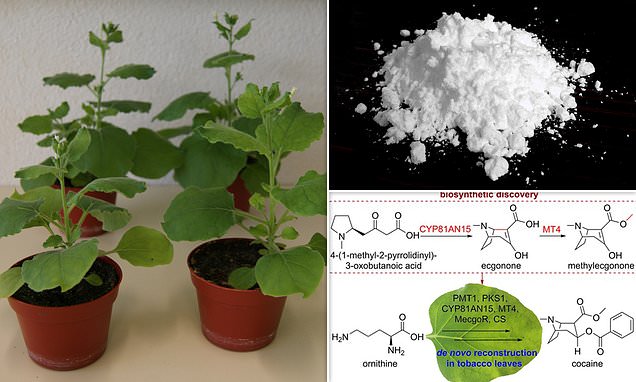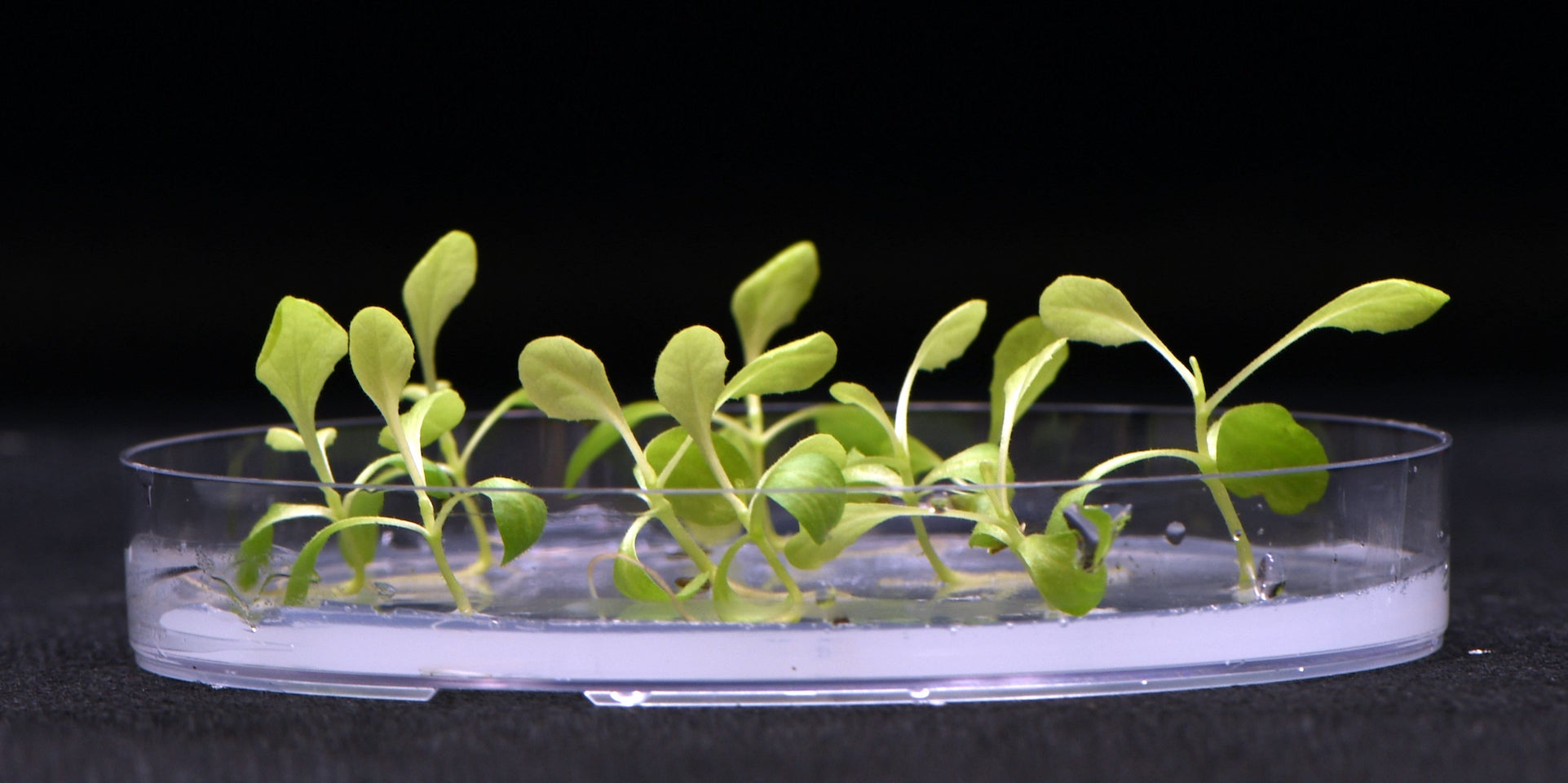...or they could both be true.
That makes sense to me. It's not as though they would need to have a goal of finding strains that did well with a particular type of lighting, their quest for flavor and potency and whatever else -- being done in that environment rather consistently -- would automatically select for light source compatible genetics.
I have a gap in my knowledge here. When I switch from one light type to another, I adjust my ambient temps back to my baseline. So what I'm wondering is, if I ran my tent at 80º with HPS and at the same temp with LED, does the "type" of heat or source of heat make a difference in metabolic response? I guess I've never fully understood the IR factor.
"Heat" is a measure of energy transfer. The "hotter" something is, the more energy is being transferred from one place to another.
There are basically three types of heat: conductive, convective, irradiative.
Conductive energy transfer happens when heat is conducted directly between objects – like heating up the end of a piece of metal that quickly gets hot at the other end.
Convective transfer happens when a moving gas or liquid comes into contact with a warm surface and wicks heat (energy) away. If the gas or liquid are not already in motion, then they form convective currents as they heat up (which changes their density) and move away to make room for more gas or liquid to take its place.
Irradiative heat is the transfer of energy through electromagnetic waves – photons. All visible light transfers energy, as does UV and IR. Except IR has a special property when it comes to interaction with water molecules, as it imparts energy very rapidly through water due to its frequency. This is despite IR waves having less energy than visible light.
IR is very efficient at energy (heat) transfer.
A good example is a microwave oven. Microwaves are not IR and in fact carry less energy, but they also interact with water molecules to transfer energy: which is why a microwave oven doesn't heat up a bowl (dry) but it does heat up the food inside (wet).
LEDs produce nearly all their heat via conduction through the solder pad on the back of the LED, through the PCB and then the heatsink (if there is one). That heat is then transferred by convection: air blowing over a heatsink, for example.
HPS bulbs produce a lot of IR, which is a form of "direct" heat, as it penetrates the leaf surface and interacts with the water in the plant to heat it up.
So, plants get their heat from LEDs when the heat is transferred to the air which circulates around the plant in the form of convective heat.
Plants get their heat from HPS via a much more direct route from IR – as well as convective heat, because HPS also transfers heat via convection currents (air blowing over the the hot, bare bulb).
Hopefully that helps people understand a bit more about heat transfer. And as I have already said, this is one of the main differences between HPS and LED light.

 www.dailymail.co.uk
www.dailymail.co.uk


 news.ucr.edu
news.ucr.edu




